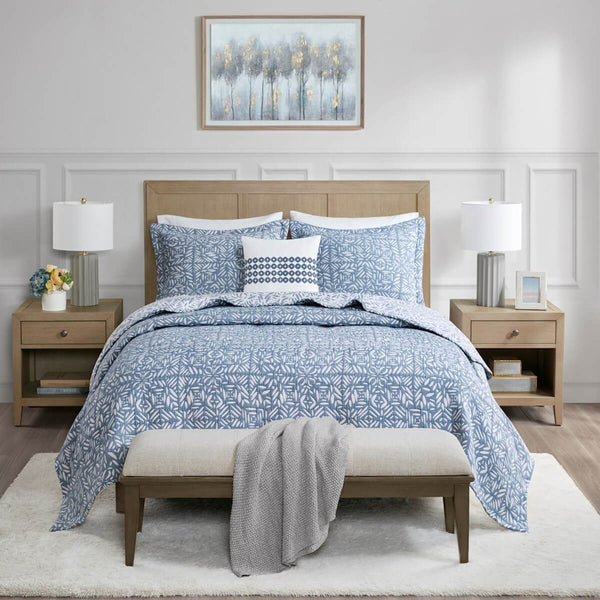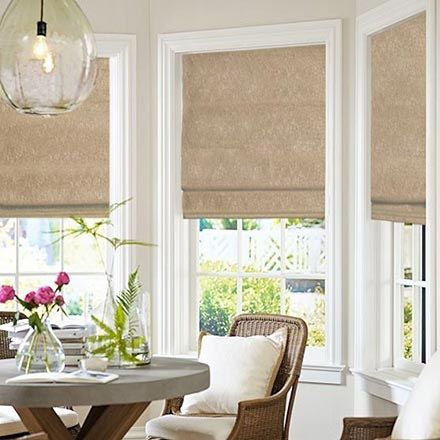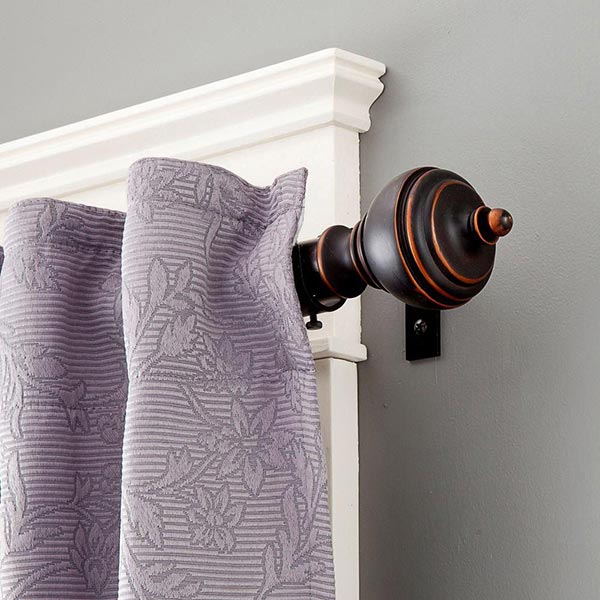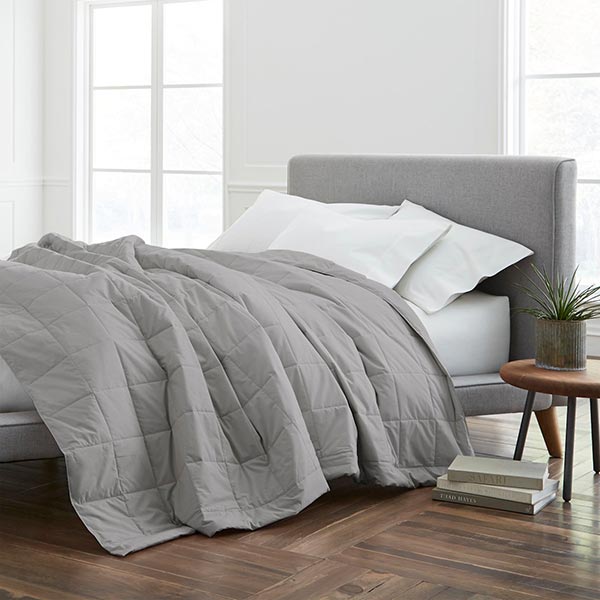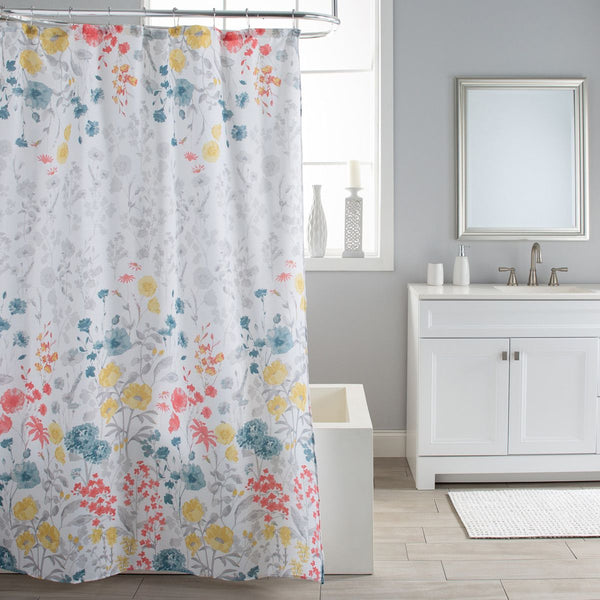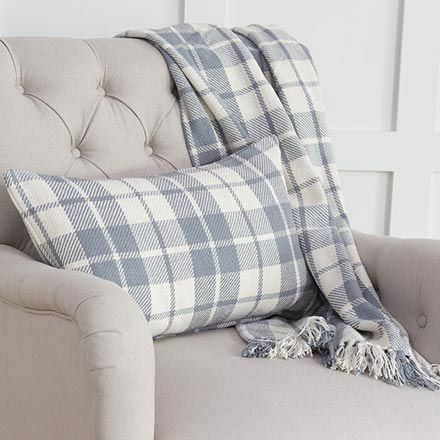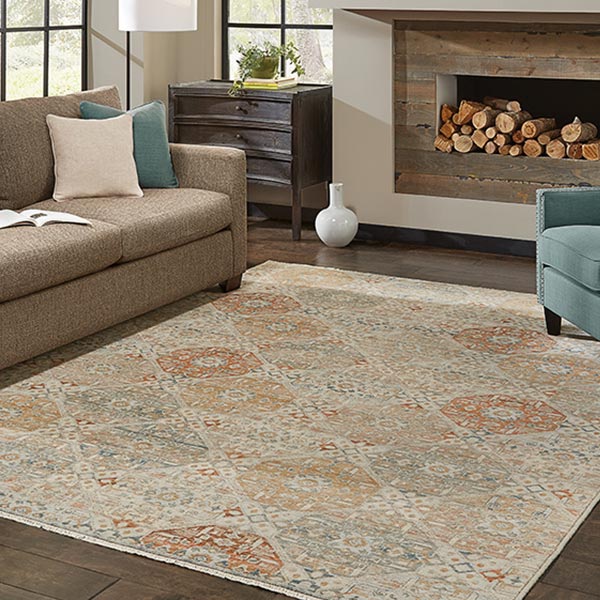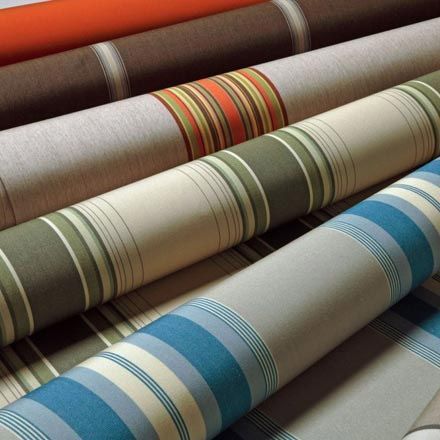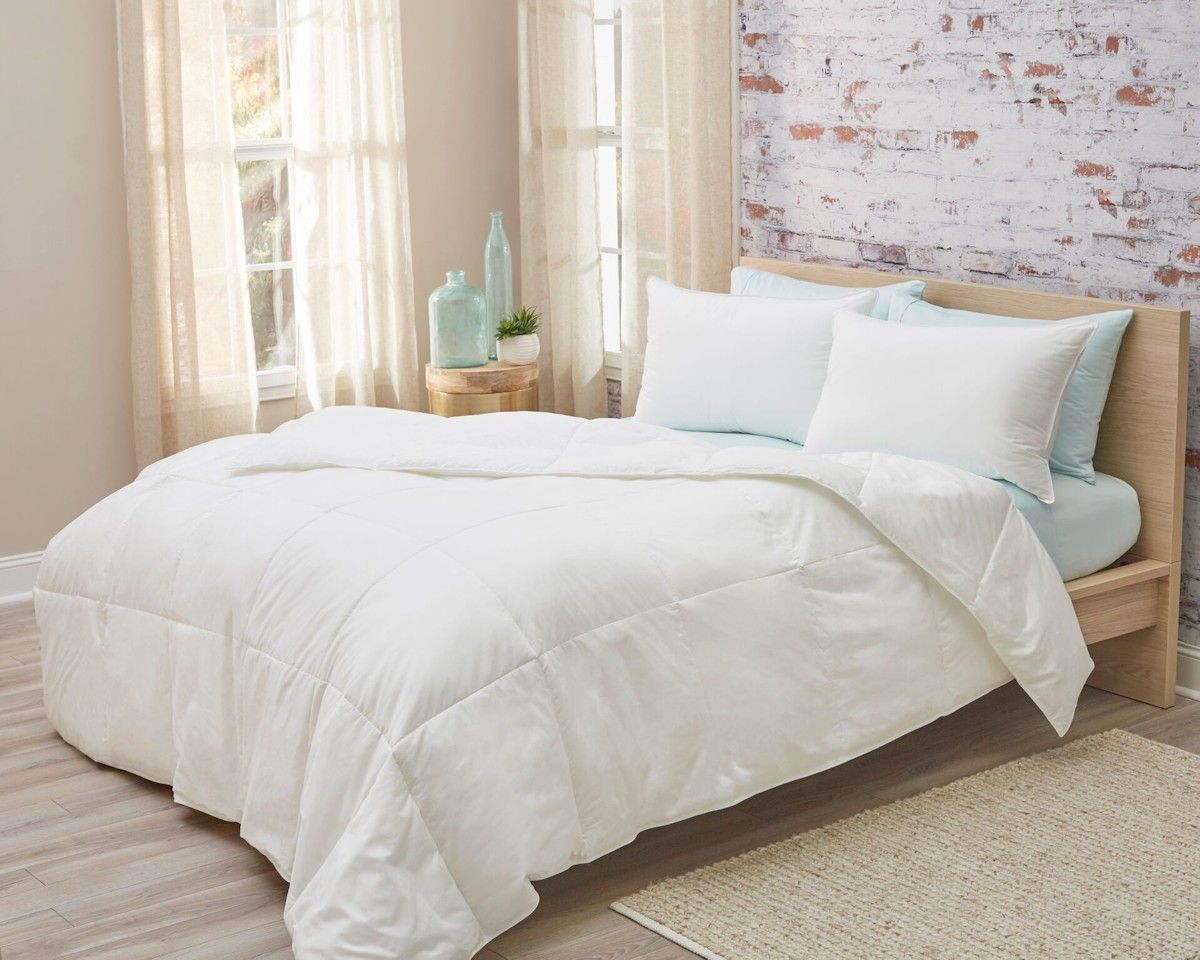
How to Make Your Bed
Making your bed every morning is a simple, but beneficial habit. According to Naval Admiral William H. McRaven, commander of U.S. Special Operations, "If you make your bed every morning you will have accomplished the first task of the day. It will give you a small sense of pride and it will encourage you to do another task and another and another.” In this blog post, we'll break down the different layers of a bed and the how to take those layers and turn them into a beautifully made bed to start your day off right.
The Layers of a Bed
Base Layers
1. Bed Skirt (Dust Ruffle): Bed skirts and dust ruffles are designed to cover your box spring and hide the space underneath your bed while adding style to your bedroom. They range from traditional and ruffled to modern and tailored, and are available in a variety of colors.
2. Mattress Pad: Mattress pads and toppers help you get a better night's sleep while protecting your mattress. They provide additional comfort through padding or heat control so you feel fully rested and rejuvenated each morning. Mattress pads are also an essential piece of bedding due to the protection from stains or other types of damage they provide to your mattress.
Bottom Sheet
The bottom sheet is often fitted with elastic at the edges or all around. Though they may be a pain to fold, a bottom sheet is important for providing you with a clean and comfortable sleeping surface.
Top Sheet
The next layer would be a top sheet. Contrary to the bottom sheet, which protects the mattress, a top sheet protects whichever bed cover you choose to lay over it.
Top Layer
1. Comforter: Comforters come in a range of options and are designed for multi-season use. They are typically made of a more durable and fashionable fabric compared to that of a duvet.
2. Duvet: A duvet is a type of bedding that is a soft flat bag filled with down, feathers, wool, or a synthetic alternative. It is protected with a removable cover, (a duvet cover.)
3. Quilt: Quilts are lightweight, making them perfect for warmer climates, or for layering with blankets and throws in colder climates.
Pillows
1. Bed Pillows: Bed pillows, in addition to quality sheets and mattress toppers, are essential for a restful night's sleep. Before selecting a pillow, is it important to understand how you sleep. Pillows are designed based on sleeping positions, back, stomach, or side, to create the ideal sleep experience.
2. Decorative Pillows: Whether they're being used for decoration or for snuggling, decorative accent pillows are a great way to add color, texture and additional comfort to your bedroom.
How to Make Your Bed
1. Clear your bed. Whether you're making your bed after waking up in the morning or after washing your sheets, it's important to start with a blank canvas. (You can leave the bottom sheet/fitted sheet on the bed.)
2. Put on the fitted sheet. If the bottom sheet is not already on the bed, start by identifying which side of the sheet is long and which is short. Tuck the elasticated edges of the sheet around the corners of the mattress, making sure to do so tightly to create a smooth look.
3. Put on the top sheet. Drape your top sheet over your mattress and make sure both sides of the bed have an equal amount of material hanging down. Don't forget to make sure the finished side is down, this way when you fold the sheet over for display, the pattern of finished stitching is visible.
4. Make hospital corners. The term “hospital corners” originates from the way hospital beds are made, but the term is also used in the hotel industry and the military. Start by tucking the end of your top sheet into the foot of the bed between the mattress and the box spring or frame. Next you should notice a panel of fabric hanging down from each side. Starting with one side, lift that panel and lay it on the surface of the bed, creative a 45° angle. Be sure to straighten out any wrinkles. Tuck any access material under the mattress and then finish it off with the reserved panel by tucking it underneath as well. You should see a nice clean seam, similar to when you wrap a present. Need a little help with your hospital corners? Check out this video: youtube.com/watch?v=B2XapEvV8xI
5. Put on your top layer. Once your top sheet is tucked into place, you can lay your comforter, duvet or quilt on top. Make sure your top layer is spread evenly over the bed, with the same amount of material hanging down on each side. The top edge of your comforter, duvet or quilt should be approximately 6 inches away from the edge of your top sheet at the head of the bed.
6. Fold your top layer(s) down. Take the edge of your top sheet and neatly fold it over the edge of your comforter, duvet or quilt. If you're using a thinner comforter or quilt, you can fold those back as well to hide the hem of the top sheet. Duvets are usually too thick to fold, so make sure you leave that 6 inch gap in order to fold over your top sheet.
7. Fluff your pillows. Grab your pillows and give them a good fluffing. This helps restore their shape and breaks up the material to allow for better airflow.
8. Add some finishing touches. Use pillow shams or decorative accent pillows to dress up your bed and give it a more finished look. If you have an additional blanket, consider folding it evenly and placing it at the foot of the bed.
Making your bed every day is a great way to start your morning off on the right foot. And, when it's time to go to sleep, there's nothing quite like slipping into a well-made bed with crisp sheets. If you have any questions or want to learn about our bedding options, please feel free to contact us.
